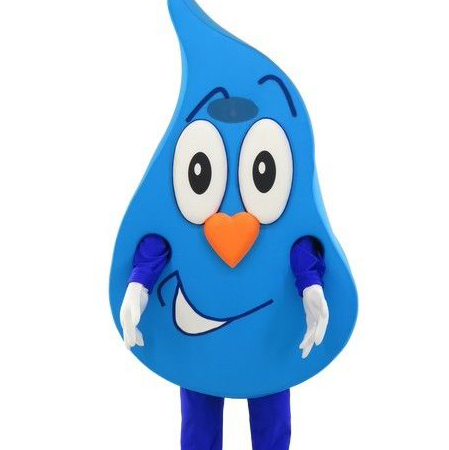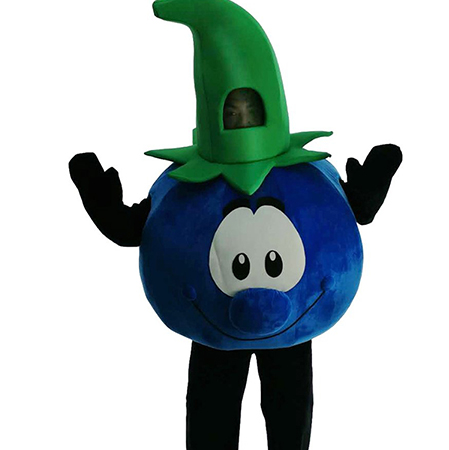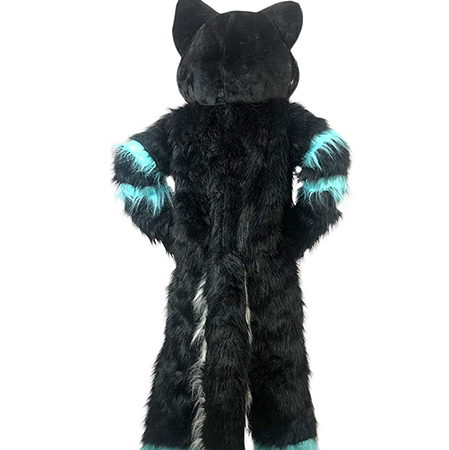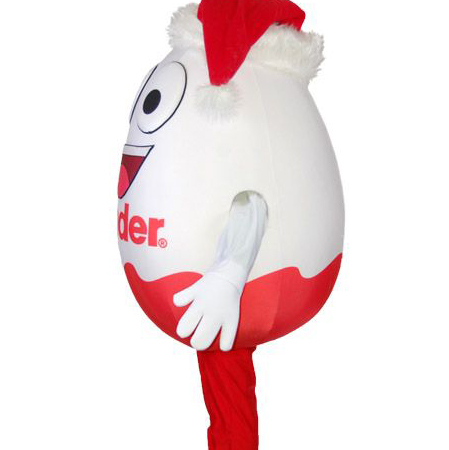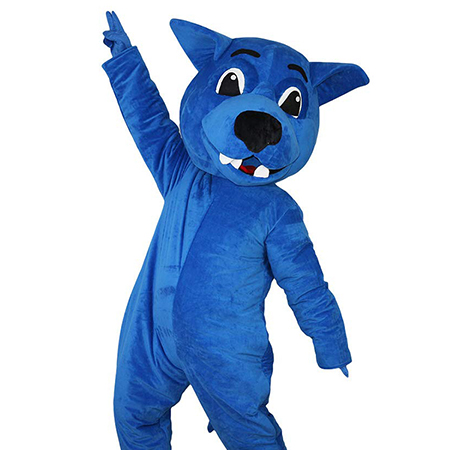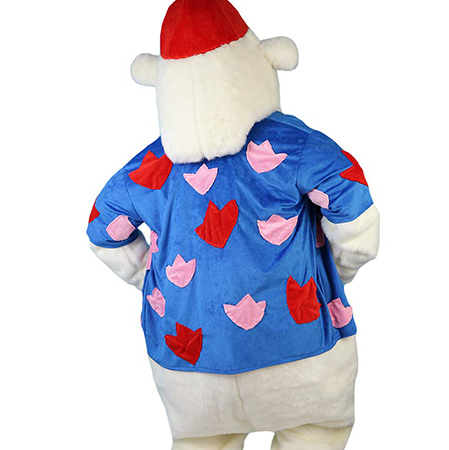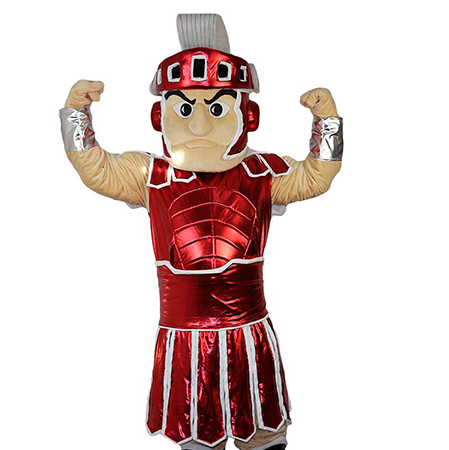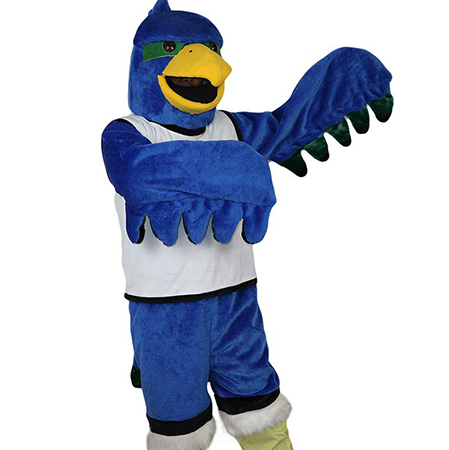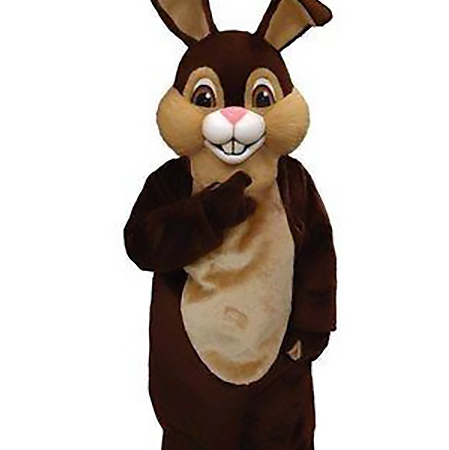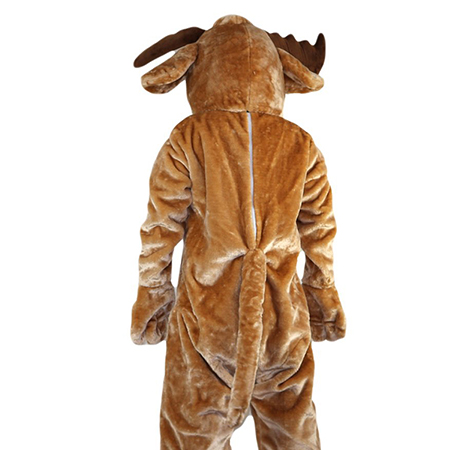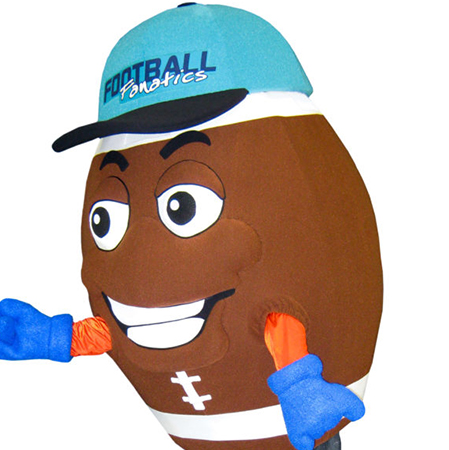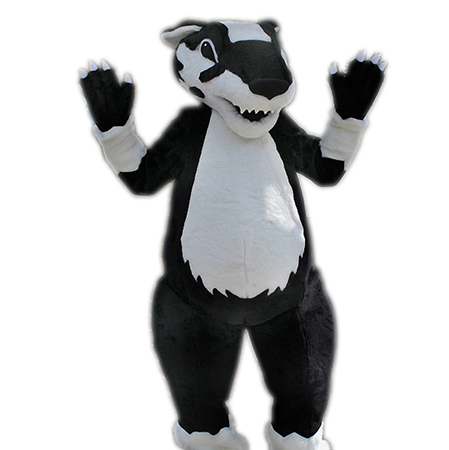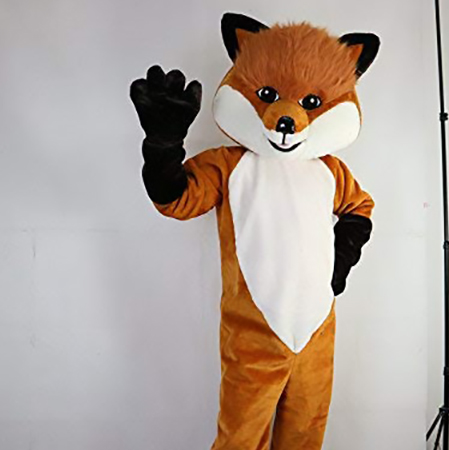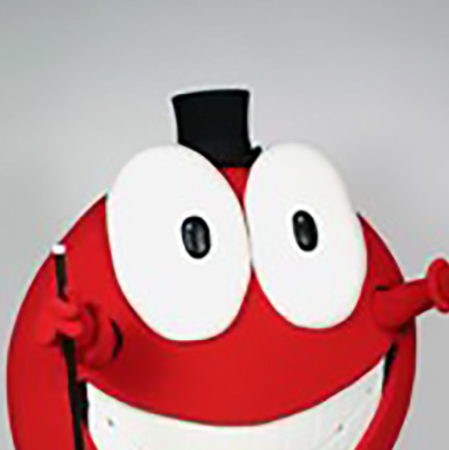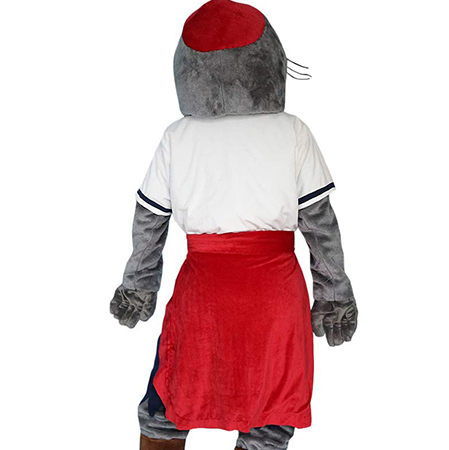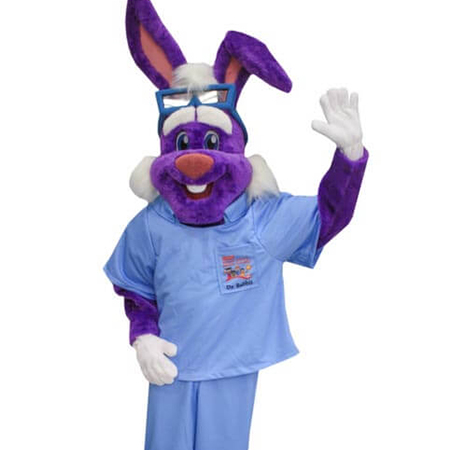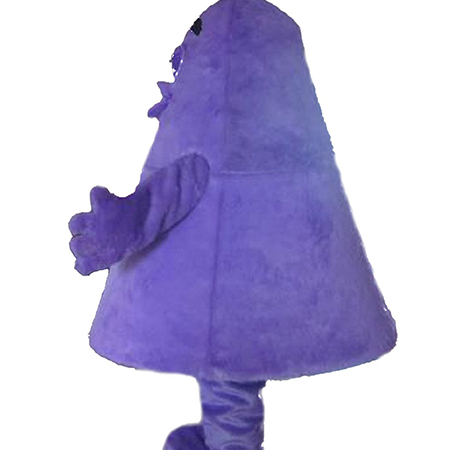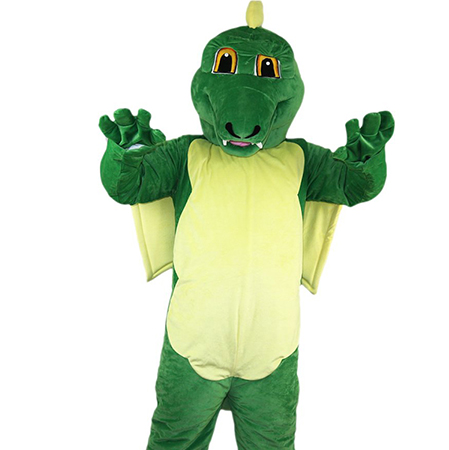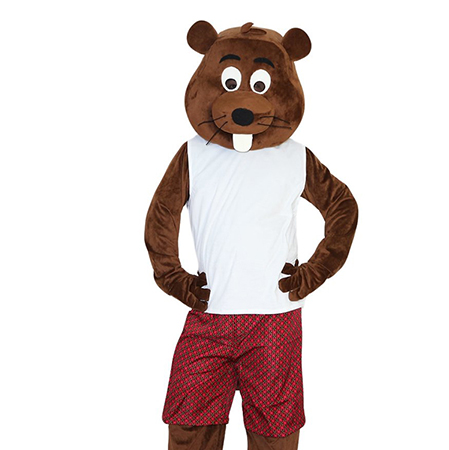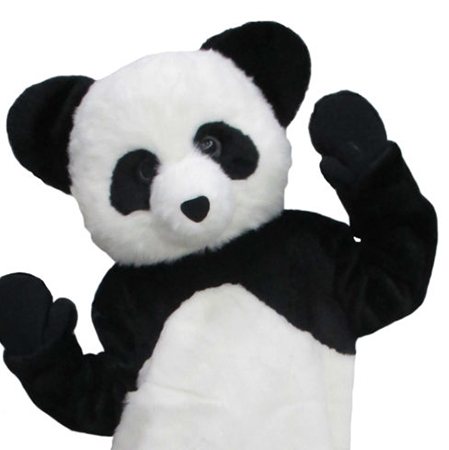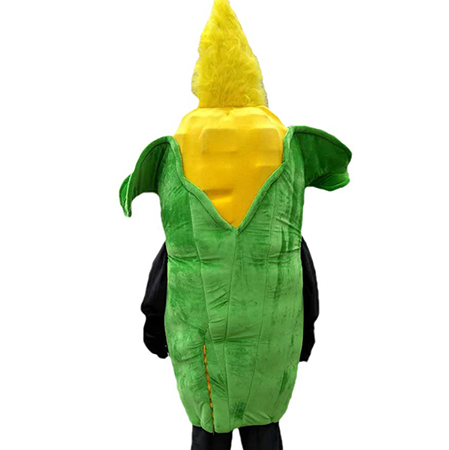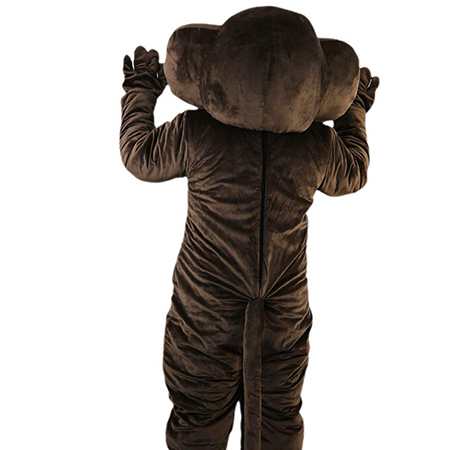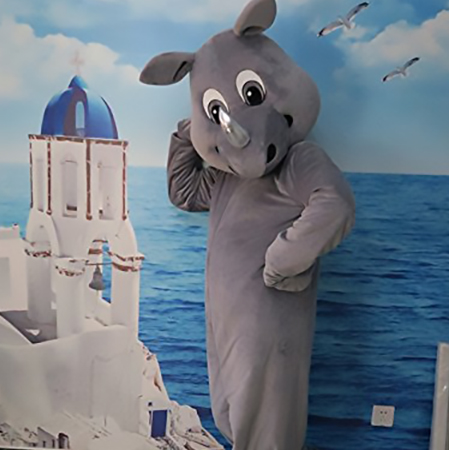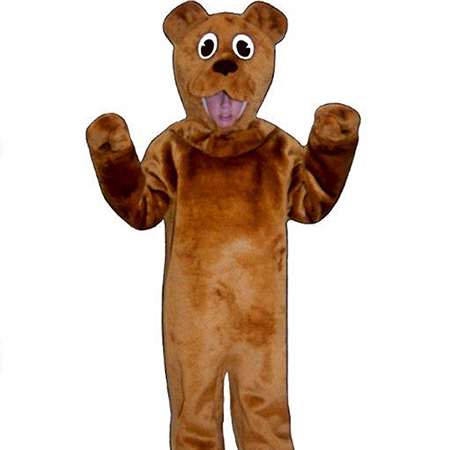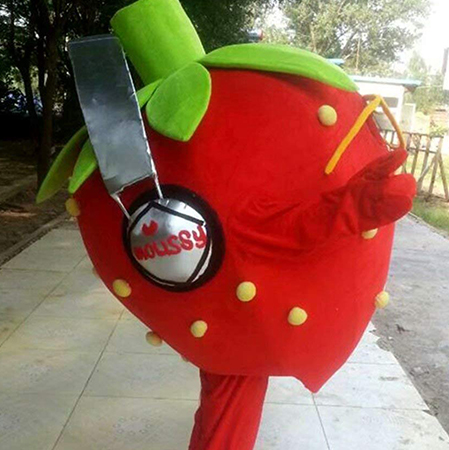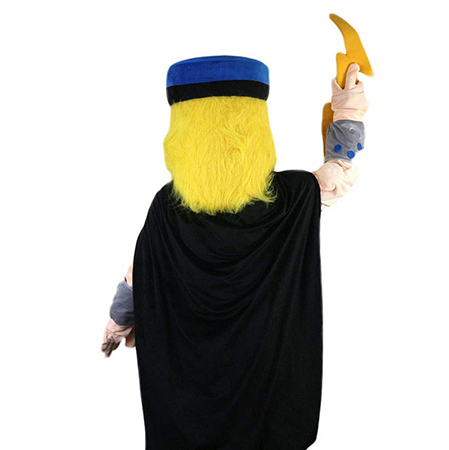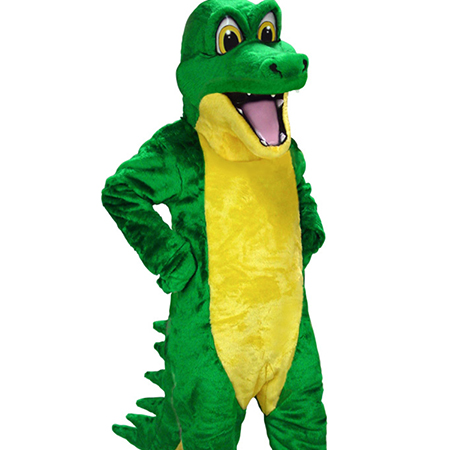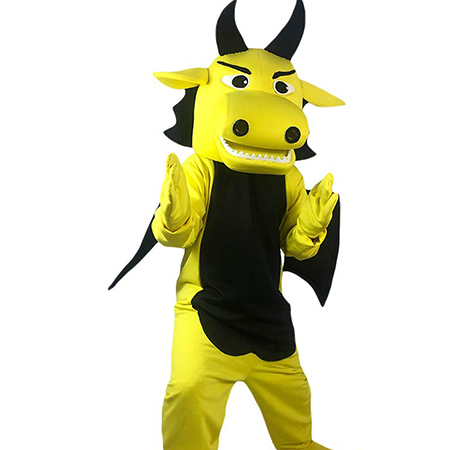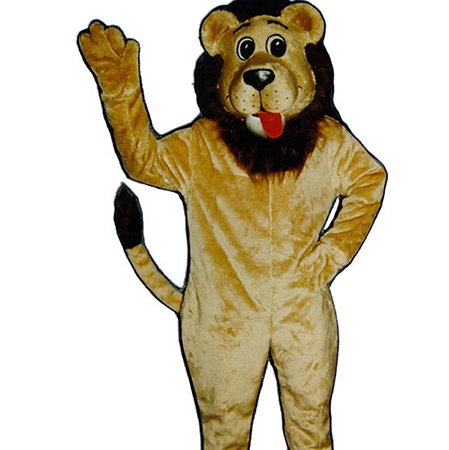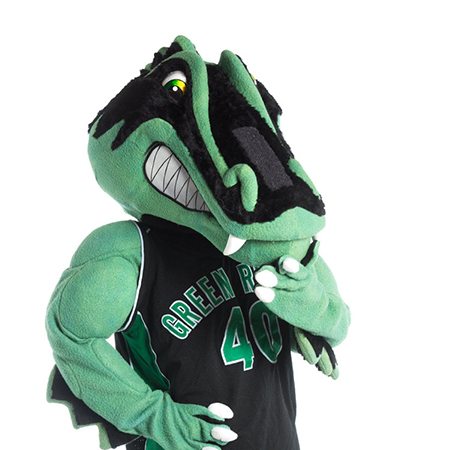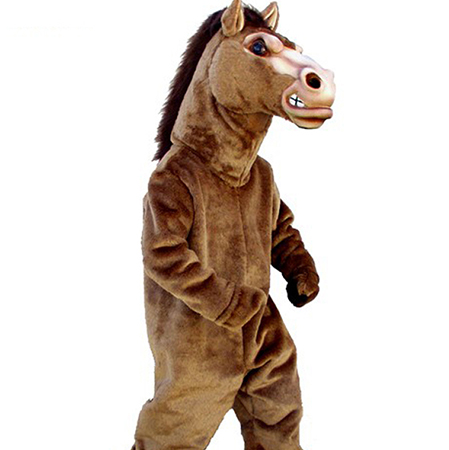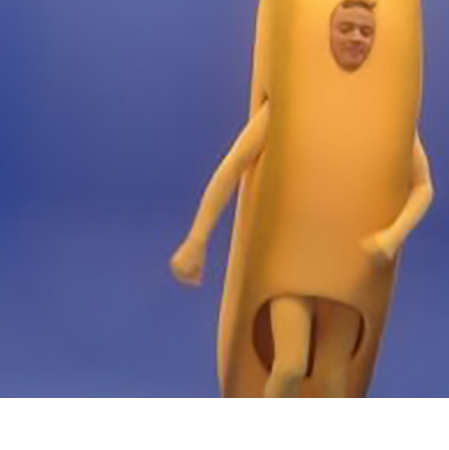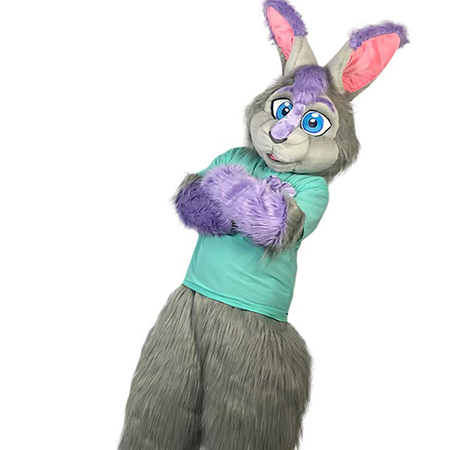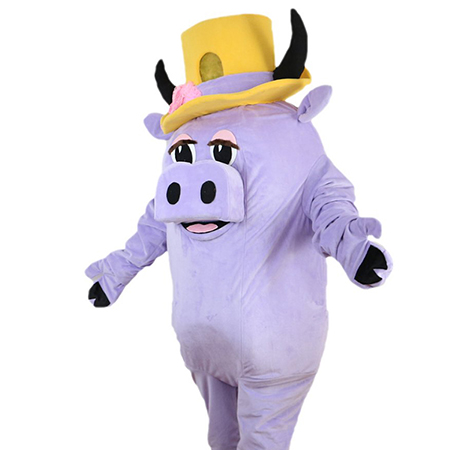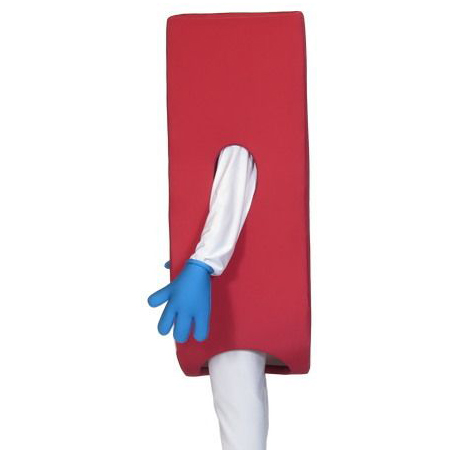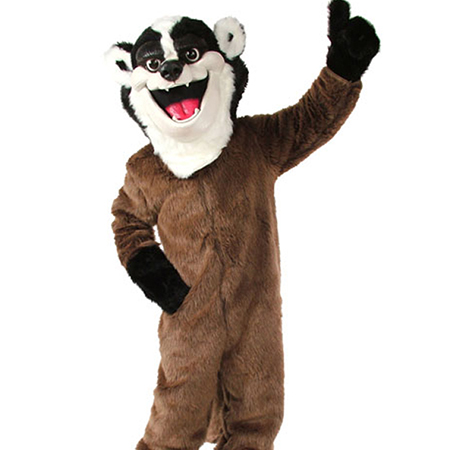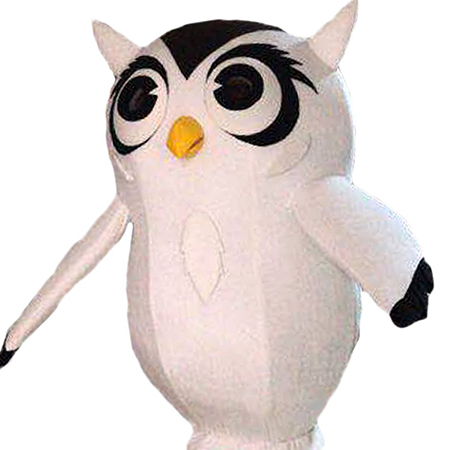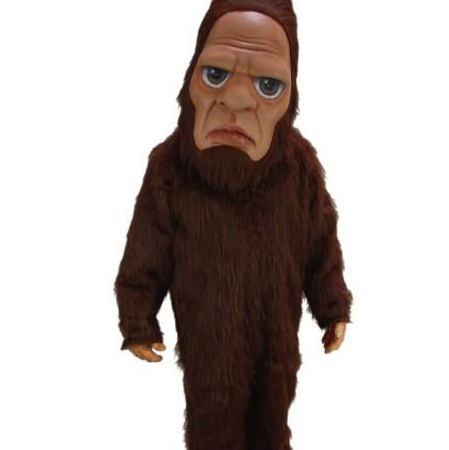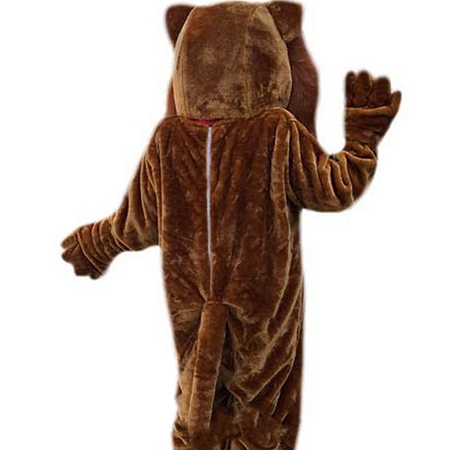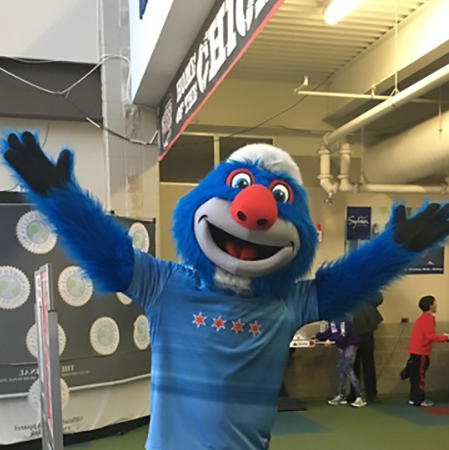Mascot costumes play a crucial role in various events, from sports games to corporate functions. However, traditional mascot costume materials and production processes often have significant environmental impacts. As sustainability becomes increasingly important, exploring eco-friendly alternatives is imperative for reducing this footprint. Here, we delve into some environmentally friendly mascot costume options that prioritize sustainability without compromising on quality or appeal.
One of the most popular sustainable materials for mascot costumes is organic cotton. Unlike conventional cotton, which relies heavily on pesticides and synthetic fertilizers, organic cotton is grown without harmful chemicals. It’s also biodegradable and less likely to cause skin irritations, making it an excellent choice for mascot costumes. Organic cotton can be used for various parts of the costume, including the body fabric and lining, ensuring comfort and durability.

Another sustainable material gaining traction in the costume industry is recycled polyester. Made from post-consumer plastic bottles, recycled polyester reduces waste and energy consumption compared to virgin polyester. This fabric is not only durable but also resistant to wrinkles, shrinkage, and mildew. By choosing recycled polyester for mascot costumes, manufacturers can significantly lower their carbon footprint while still providing vibrant, eye-catching designs.
In addition to fabric materials, natural dyes offer another eco-friendly option for mascot costumes. Traditional chemical dyes often involve toxic substances that can harm the environment and human health. Natural dyes, derived from plants, minerals, and other organic sources, provide a safer and more sustainable alternative. These dyes produce rich, vivid colors without the harmful side effects of synthetic dyes. Using natural dyes can make mascot costumes more visually appealing while promoting environmental responsibility.
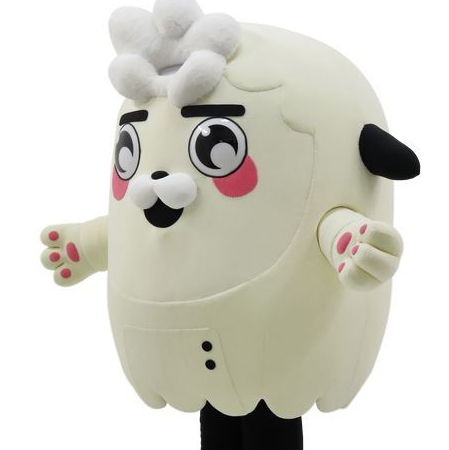
Eco-conscious consumers can also opt for mascot costumes made from bamboo fiber. Bamboo is one of the fastest-growing plants on Earth and requires minimal water and pesticides to cultivate. The resulting fiber is incredibly soft, breathable, and hypoallergenic. Bamboo fabric is also naturally antibacterial and moisture-wicking, making it an excellent choice for high-performance mascot costumes. Its sustainability and comfort make bamboo a compelling option for eco-friendly costume designs.
Another innovative approach to creating sustainable mascot costumes involves upcycling existing materials. Upcycling takes discarded items and transforms them into new products with added value. For example, old uniforms, banners, or even scraps of fabric can be repurposed to create unique and stylish mascot costumes. This method not only reduces waste but also adds a distinctive character to each costume, reflecting creativity and a commitment to sustainability.
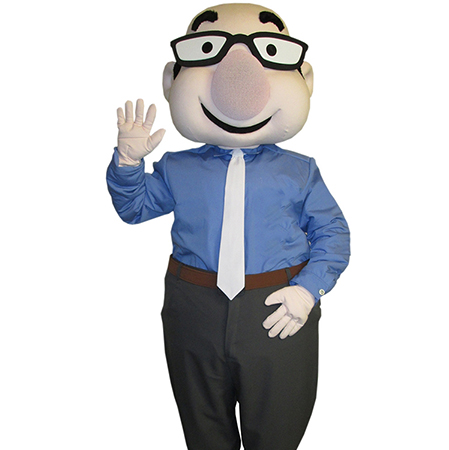
When considering eco-friendly mascot costumes, it’s also essential to pay attention to the manufacturing process. Opting for fair trade certified manufacturers ensures that the costumes are produced under ethical working conditions, with fair wages and safe environments for workers. Furthermore, supporting local artisans and small businesses can reduce carbon emissions associated with long-distance transportation and promote community economic development.
In conclusion, environmentally friendly mascot costume options are readily available and offer numerous benefits for both people and the planet. By choosing organic cotton, recycled polyester, natural dyes, bamboo fiber, and upcycled materials, it’s possible to create sustainable mascot costumes that are durable, comfortable, and visually appealing. Embracing these eco-friendly alternatives not only reduces environmental impact but also sets a positive example for fans and participants alike, fostering a culture of sustainability in sports, entertainment, and beyond.
